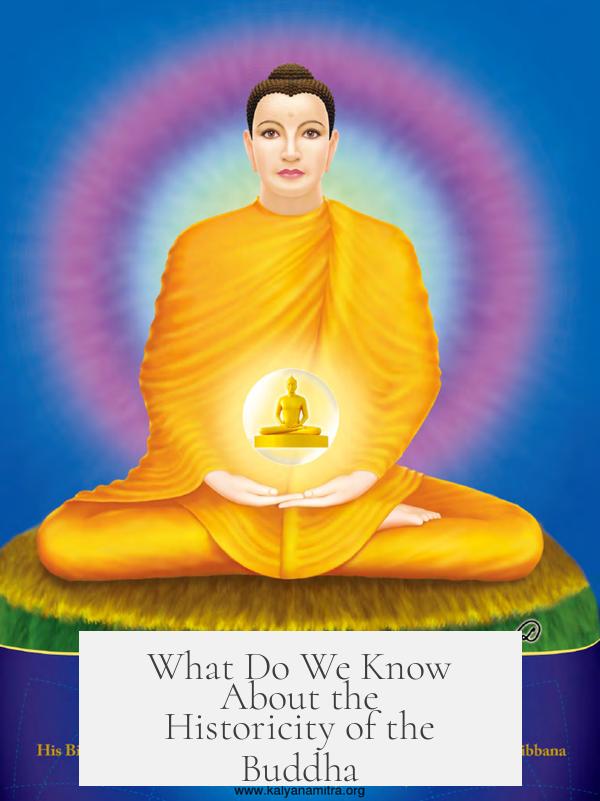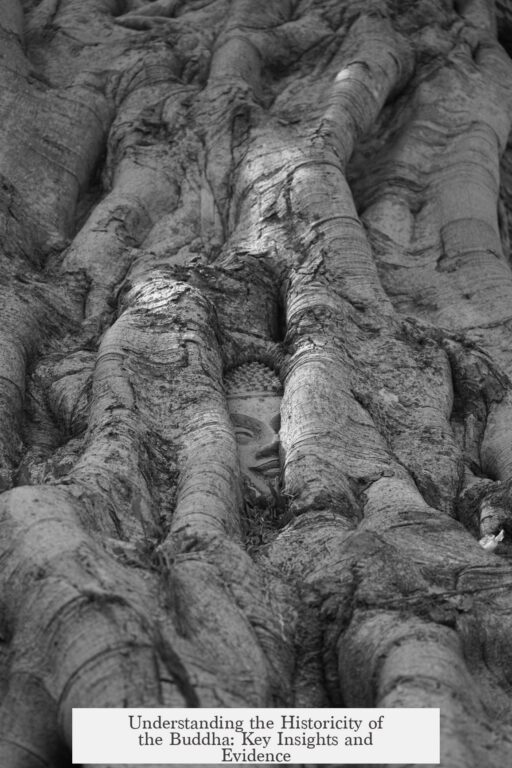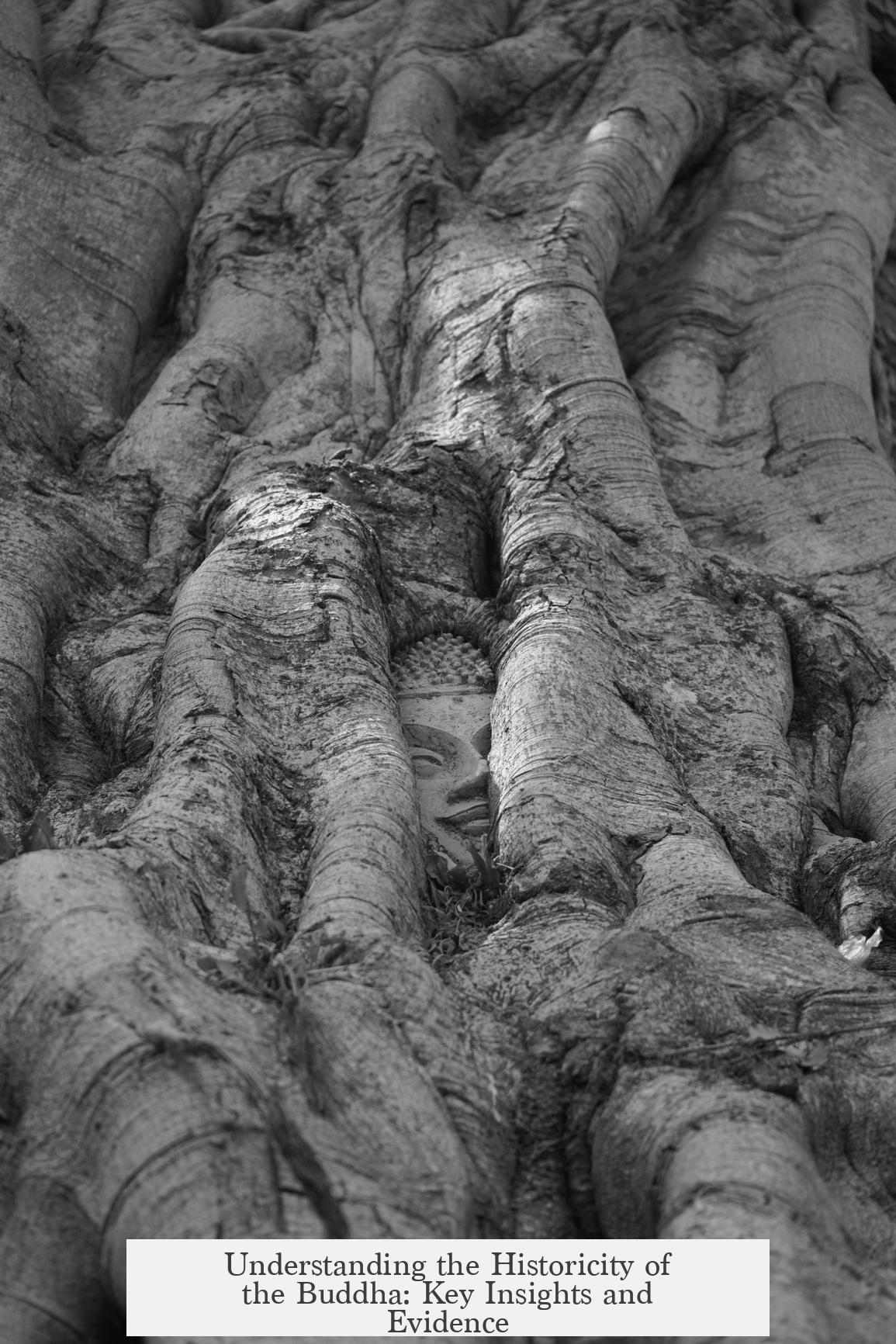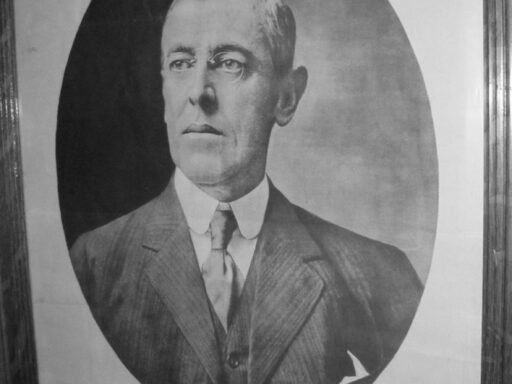The historicity of the Buddha is supported primarily by early Buddhist texts and some references from contemporary religious traditions, despite the lack of direct archaeological evidence from his lifetime.
The traditional narrative presents the Buddha as Siddhartha Gotama, born in the mid-6th century BCE in what is now Nepal. Raised in the Sakya clan, his father was likely an elected head or chief of an oligarchic republic rather than a king. At 29, Siddhartha left his family, including a young son, and his privileged status to seek enlightenment. After years of wandering and ascetic practices, he attained enlightenment under a tree after 49 days of meditation at about age 35. He then spent around 45 years teaching across Northern India before dying at 80, reportedly from illness.
The primary difficulty in verifying this narrative is the near absence of contemporaneous primary sources. Most people in the Buddha’s era were illiterate. Writing systems that later recorded Buddhist teachings gained prominence at least two to three centuries after the Buddha’s life. Thus, no inscriptions or texts from his lifetime explicitly mention him or the early sangha (monastic community).
However, shortly after the Buddha’s death, Buddhist stupas—monuments housing relics—and pictographs depicting Jataka tales, stories about the Buddha’s previous lives, began to appear. This indicates early veneration and dissemination of his life and teachings.
Much of what scholars rely on comes from the earliest canonical texts, especially the Pali Canon and related sectarian canons. These texts were written down between the 1st century BCE and the early centuries CE, but linguistic and stylistic analyses suggest much of the material comes from oral traditions created a few decades after the Buddha died. The Sutta Pitaka (discourses) and Vinaya Pitaka (rules for monks) are considered older parts, whereas the Abhidhamma Pitaka, a later philosophical addition, likely developed afterward.
Interestingly, the Buddha is also mentioned outside Buddhist literature. Early Hindu and Jain texts occasionally reference or debate with him. Jain tradition acknowledges him but presents Mahavira as a superior teacher and refutes some of Buddha’s teachings. These cross-religious references support the idea that the Buddha was an actual figure engaged in the dynamic religious landscape of ancient India.
The Buddha was a samana, or wandering seeker, a common role in his time. The Pali Canon names several other samanas who either influenced or opposed him. The survival of multiple religious traditions acknowledging similar founders lends credibility to their historicity. Skepticism towards religious figures existed within these traditions, yet figures like the Buddha and Mahavira appear consistently, suggesting they are based on real individuals.
Dating the texts involves linguistic and historical comparisons. Scholars note that the language of the Pali Canon predates its inscription by centuries and shares features with texts from various Buddhist schools that emerged after the third century BCE. This includes comparisons with the Tibetan and Chinese canons, which reflect the doctrinal splits following Emperor Ashoka’s reign. Ashoka’s own inscriptions from the 3rd century BCE reference Buddhist teachings and monuments, providing corroborative archaeological evidence that Buddhism was established by that time.
Examining the earliest texts and Ashoka’s inscriptions, it appears some sutras date from within a century of the Buddha’s death and reflect the teachings of a single preacher. The internal consistency and detailed ethical, philosophical, and practical guidelines suggest origins in the memory of a real person’s teachings rather than pure myth or later invention.
Despite the many layers of myth and legend layered onto the Buddha’s life over centuries, the convergence of textual, linguistic, cross-religious citations, and archaeological evidence points to the Buddha as a historical figure. The exact details of his life remain difficult to verify, and aspects may be idealized or symbolic. Still, the consensus among historians of religion is that Siddhartha Gotama existed and founded the movement that became Buddhism.
- The Buddha likely lived in the 6th century BCE in the region of modern Nepal and Northern India.
- Most information about his life comes from early Buddhist texts written down centuries later but based on earlier oral traditions.
- There is little direct archaeological evidence from his lifetime; earliest monuments and relics appear shortly after his death.
- References in Hindu and Jain literature suggest wider recognition of Buddha as a real person.
- The Buddha was among the wandering samana philosophers, a common religious phenomenon in ancient India.
- Linguistic and historical analyses of Buddhist canons reveal layers dating back close to his lifetime.
- Ashoka’s inscriptions in the 3rd century BCE provide the earliest archaeological evidence for Buddhist communities.
- Overall, layers of tradition and evidence point to a historical founder, though myths shaped his legacy.
What Do We Know About the Historicity of the Buddha?

Simply put, the historicity of the Buddha is generally accepted among scholars and historians, based largely on early Buddhist texts and corroborating references in other religious traditions. But of course, that straightforward answer invites a deeper dive. Who exactly was this man we call “the Buddha”? How do we know he actually lived? And where do legend and history part ways?
Let’s unravel the tale of the Enlightened One—not by myth or miracle, but by the lens of history, language, archaeology, and cross-cultural records.
The Traditional Story: Siddhartha to Shakyamuni
The traditional Buddhist narrative paints a vivid picture. Born around 6th century BCE in what is modern-day Nepal, Siddhartha Gotama hails from the Sakya clan—though think less king-of-the-castle and more elected oligarchic leader. His early life is one of privilege until, at 29, he bolts from the royal comforts seeking enlightenment. This quest includes 49 days fasting under a tree, after which he attains awakening and spends the next 45 years teaching across Northern India before dying at 80.
This narrative forms the foundation of Buddhist tradition worldwide, yet like any gripping origin story, it’s wrapped in layers of spiritual symbolism, dramatic choices, and vivid imagery. Should we take all of it literally? Maybe not. But there’s more than just legend behind it.
Primary Sources: Where’s the Evidence?
Here’s where things get tricky. From the Buddha’s own lifetime, we have almost no direct scribbles or artifacts. In his era, most people were illiterate. Writing in India didn’t become common until centuries later.
However, shortly after his death, followers erected stupas—monumental relic shrines—and composed pictographs that captured Jataka tales, stories of the Buddha’s past lives. These, while heavily steeped in morality and myth, hint at an early cultural reverence surrounding a real individual.
So, actual physical proof tying back directly to the Buddha himself? Nada. But early followers immortalized his legacy in powerful architectural and oral traditions, spreading his story far and wide.
Early Buddhist Texts: Oral to Written, and What They Tell Us

Most of what we know comes from the Pali Canon and other ancient Buddhist scriptures. Written down only in the 1st century BCE, these texts are thought to preserve oral traditions that closely follow the Buddha’s lifetime, dating possibly just a few decades after his death.
How do scholars know? Linguistic and dialect analyses reveal that the language inside the Sutta Pitaka and Vinaya Pitaka is much older than the manuscripts themselves. It’s like uncovering an ancient voicemail recorded long before it got transcribed.
It’s not a perfect history book. These texts are religious, meant to inspire and guide, not exactly to keep a meticulous timeline. But their internal consistency and the overlap across sects suggest they’re rooted in memories of an actual person.
Buddha Beyond Buddhist Texts
The Buddha wasn’t just a figure inside Buddhist circles. Hindu and Jain traditions mention him. He’s often referenced in debates, particularly by Mahavira of Jainism, who sought to refute some of the Buddha’s teachings.
Why does this matter? Because when non-Buddhist texts acknowledge Buddha as a contemporary figure, it strengthens the case for his real existence, minimizing claims of pure legend.
The Buddha as a Samana: Context Matters
Historically, the Buddha was a Samana—a seeker or wandering ascetic. Around his time, many such seekers roamed India, each promoting different philosophies and methods to spiritual liberation.
The Pali Canon names at least six contemporaries, many forgotten by history. This caravan of seekers appeared constantly in each other’s stories, sometimes in debate or conflict.
The fact that Jainism and some Vedic traditions, both contemporaneous, accepted their founders’ historical existence also implies that Buddha, often mentioned alongside these figures, was a real man in a vibrant philosophical milieu.
Dating the Texts: A Closer Look at Language and Canonical Comparisons

Let’s go deeper into the linguistic sleuthing. Scholars study the Pali Canon’s syntax, vocabulary, and grammar extensively, comparing those patterns with other Indian texts.
The results hint that the earliest sections—especially in the Sutta and Vinaya Pitakas—originated within a century of the Buddha’s life. The Abhidhamma Pitaka, a later addition, seems designed to clarify and analyze these teachings further.
By comparing Buddhist texts across languages and sects—including Tibetan and Chinese versions—we see remarkable similarities. These point to a common origin before Buddhism fragmented into dozens of schools post-Ashoka’s reign (3rd century BCE).
Plus, minor inscriptions found in caves, tombs, and alongside stupas from Ashoka’s time confirm general Buddhist ideas were firmly established by then.
Putting It All Together: What Can We Actually Say?
We really only have ancient scriptures to anchor the Buddha’s historicity, bolstered by faint echoes in Hindu and Jain writings. No definitive archaeological evidence names him explicitly.
But from what is preserved—oral traditions concretized in the Pali Canon, consistent cross-sectarian records, and indirect references—scholars agree a real person lived, taught, and inspired these traditions.
Yes, the story is layered with mystique and ritual embellishments. That’s expected. Legends grow around remarkable lives. Still, all signs point to Sakyamuni Gotama as a genuine leader of spiritual reform, influencing a path followed by millions for over two millennia.
Why Does This Matter?
Understanding the historicity of the Buddha helps us appreciate how religion, history, and culture intertwine. It reminds us that behind every faith narrative is a human being who sparked profound change.
For those exploring Buddhism, it’s a reminder: the core of the teachings stands even if some details blur. It’s the message, not myth, that resonates.
Want to Dive Deeper?
- Bikkhu Bodhi’s works: In the Buddha’s Words, The Connected Discourses of the Buddha, The Numerical Discourses of the Buddha offer translations and insightful commentary.
- Maurice Walsh: The Long Discourses of the Buddha captures essential teachings.
- Bhikkhu Sujato and Bhikkhu Brahmali: Their essay Authenticity of the Early Buddhist Texts provides an in-depth, balanced view of textual history.
- Gil Fronsdal’s Buddhism Before Buddha: A revisionist take worth considering with caution.
- Podcasts like Kit Patrick’s The History of India offer accessible introductions featuring the Buddha and contemporaries like Mahavira.
History and faith may not always be the easiest dance partners, but by examining the Buddha’s historicity with care and skepticism, one gains a richer understanding of both the man and the message that changed the world.




